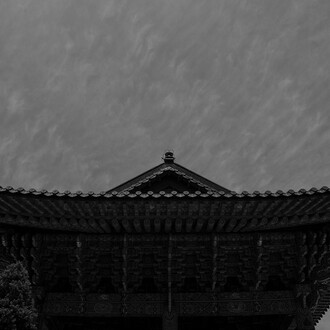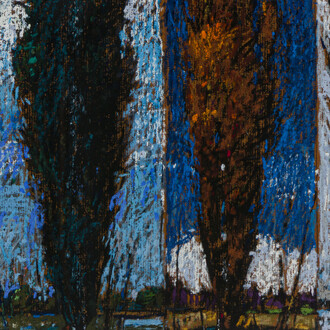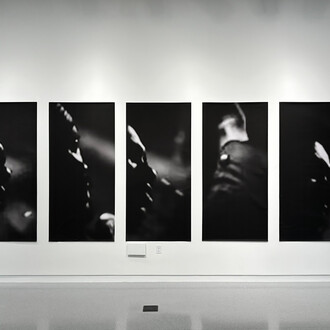Isabel Sullivan Gallery and Lyle Gallery, two women and queer-owned galleries that have garnered attention for their curatorial approach, have collaborated on a group exhibition of art and design in Tribeca’s gallery district. Art x design is on view at Isabel Sullivan Gallery at 39 Lispenard Street, Tribeca, NY.
Art x design brings together works by emerging and established artists from the collection of Isabel Sullivan Gallery, shown in dialogue with design objects curated by Lin Tyrpien of Lyle Gallery, a platform dedicated to elevating new voices in contemporary design.
The exhibition features sculptural furniture, ceramics, mobiles, paintings, and works on paper, encouraging viewers to consider how art can be lived with and how design can tell stories, evoke emotion, and shape immersive environments.
Among the highlights is a selection of paintings by Richard Hambleton, a pioneer of New York’s downtown art scene, alongside contemporaries Jean-Michel Basquiat and Keith Haring. Isabel Sullivan, a recognized specialist in Hambleton’s work, has placed a large-scale, high-energy rodeo painting at the entryway of the exhibition. This piece embodies Hambleton’s deep interest in posture and motion, with sweeping gestures and wild brushwork that recall the energy of Abstract Expressionism. In his rodeo paintings, Hambleton expresses the raw spirit and symbolism of the horse, radiating themes of freedom, fury, struggle, heroism, and myth.
Beneath the painting sits the Brigid Bench by the newly launched Ollin Studio, marking their gallery debut. Crafted from rugged volcanic Cantera stone and upholstered in soft cowhide, the bench feels at once grounded and inviting. Its name references Brigid, the Celtic goddess of healing and creativity, reflecting the bench’s union of strength and softness. Its columnar legs hint at classical European architecture, while the seat’s softened lines draw from Aztec carvings, where form blurs into curves. Cantera—a speckled, sculptural stone used in Mexico for centuries—anchors the bench with an earthy, elemental presence.
While Hambleton’s painting is wild and chaotic, and the bench symmetrical and composed, both pieces exude powerful masculine energy—embodying strength, rigor, and presence. Together, they echo mythologies of the desert, the American West, and Mesoamerican heritage.
















